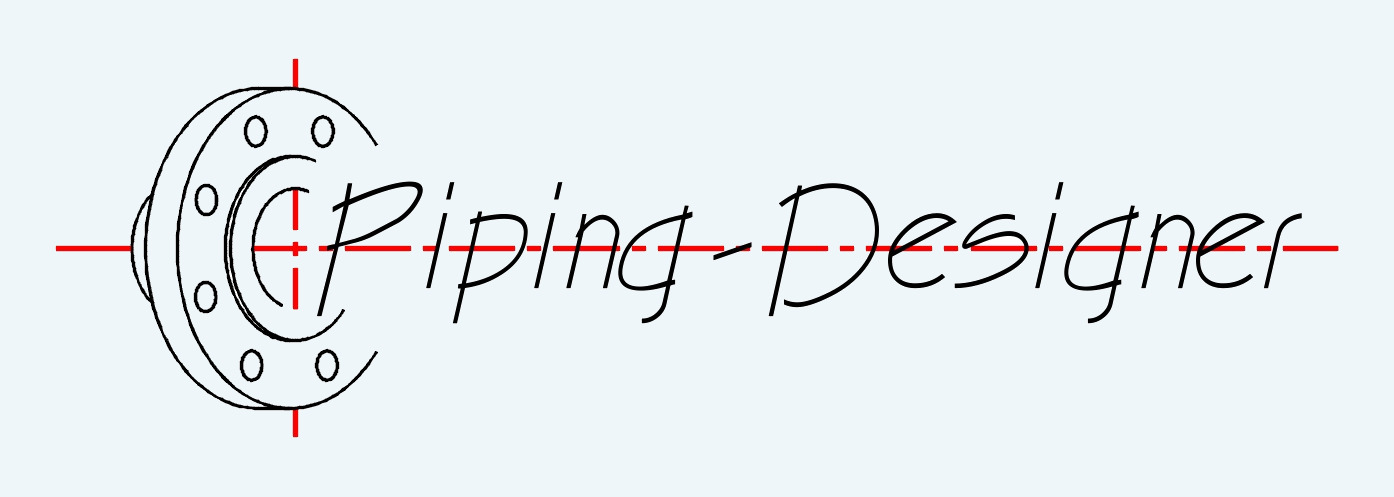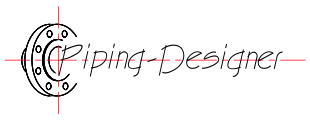Propeller Thrust
Propeller Thrust formula
|
||
|
\( T_p \;=\; \dot m_f \cdot \left( v_o - v_i \right) \) (Propeller Thrust) \( \dot m_f \;=\; \dfrac{ T_p }{ v_o - v_i } \) \( v_o \;=\; \dfrac{ T_p }{ \dot m_f } + v_i \) \( v_i \;=\; v_o - \dfrac{ T_p }{ \dot m_f } \) |
||
| Symbol | English | Metric |
| \( T_p \) = Propeller Thrust | \(lbf\) | \(N\) |
| \( \dot m_f \) = Mass Flow Rate of Air Through the Engine | \(lbm \;/\; sec\) | \(kg \;/\; s\) |
| \( v_o \) = Outgoing Air Velocity | \(ft \;/\; sec\) | \(m \;/\; s\) |
| \( v_i \) = Incoming Air Velocity | \(ft \;/\; sec\) | \(m \;/\; s\) |
Propeller thrust, abbreviated as \( T_p \), also called momentum theory, is the force generated by a propeller to propel an aircraft or other vehicle forward through a fluid medium, such as air or water. It is produced by the rotation of the propeller blades, which are designed as airfoils to accelerate air or fluid in one direction, creating a reaction force in the opposite direction according to Newton’s third law of motion. As the propeller spins, it draws in air from the front, accelerates it, and pushes it rearward, creating a pressure difference between the front and back of the blades. This pressure differential generates thrust, which moves the vehicle forward. The amount of thrust depends on factors such as the propeller’s size, shape, pitch, rotational speed, and the density of the surrounding fluid. In aircraft, the efficiency of thrust production is influenced by the angle of attack of the blades, airspeed, and engine power, with optimal performance achieved when the propeller is designed to match the vehicle’s operating conditions.
Propeller Thrust formula |
||
|
\( T_p \;=\; \eta \cdot \dfrac{ P }{ v } \) (Propeller Thrust) \( \eta \;=\; \dfrac{ T_p \cdot v }{ P } \) \( P \;=\; \dfrac{ T_p \cdot v }{ \eta } \) \( v \;=\; \dfrac{ \eta \cdot P }{ T_p } \) |
||
| Symbol | English | Metric |
| \( T_p \) = Propeller Thrust | \(lbf\) | \(N\) |
| \( \eta \) (Greek symbol eta) = Propeller Efficiency (Typically Between 0.7 and 0.9 for Well Designer Propeller) | \(dimensionless\) | \(dimensionless\) |
| \( P \) = Power Input to the Propeller | \(W\) | \(W\) |
| \( v \) = Velocity of the Aircraft or Freestream Air | \(ft \;/\; sec\) | \(m \;/\; s\) |

